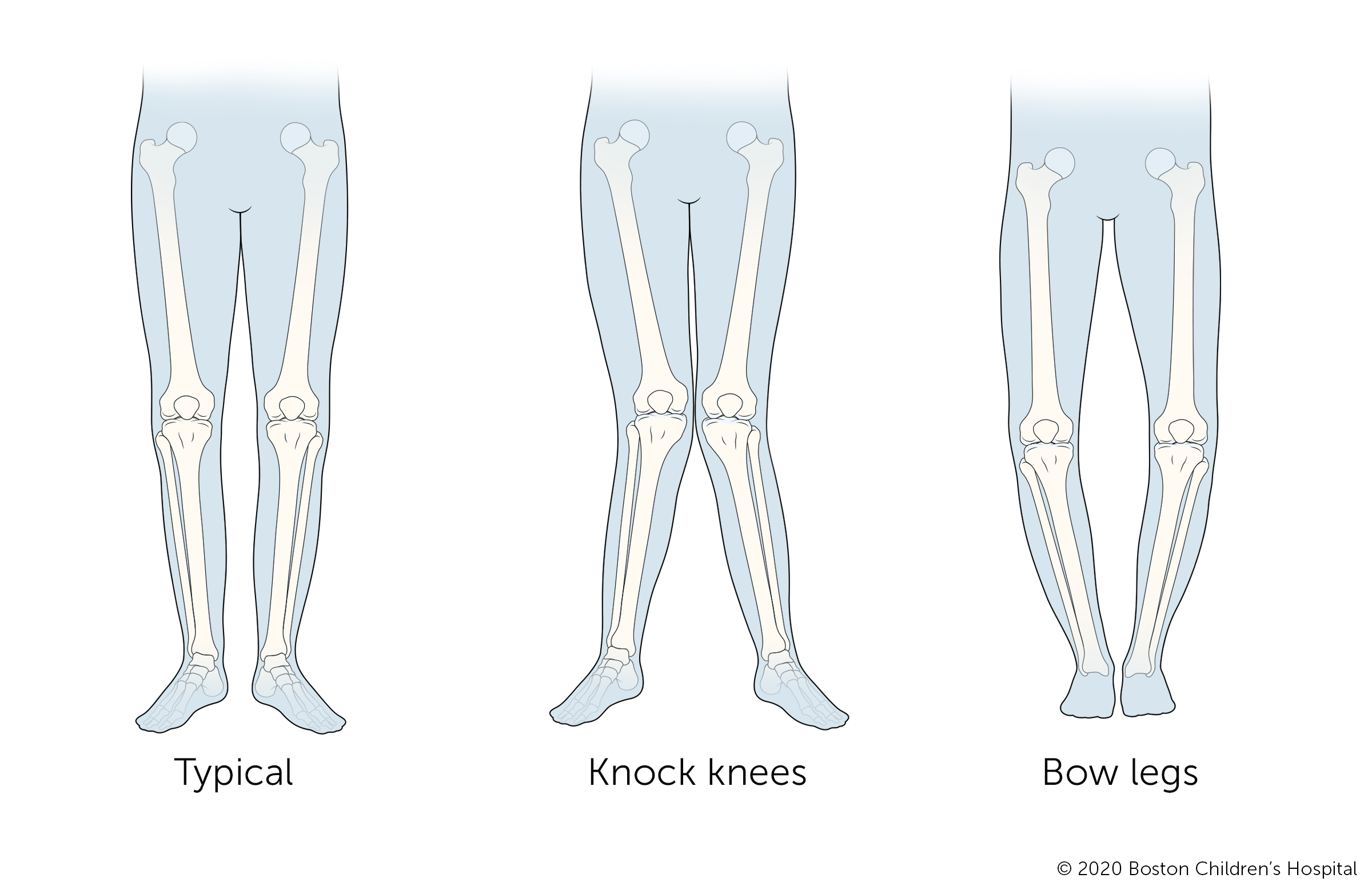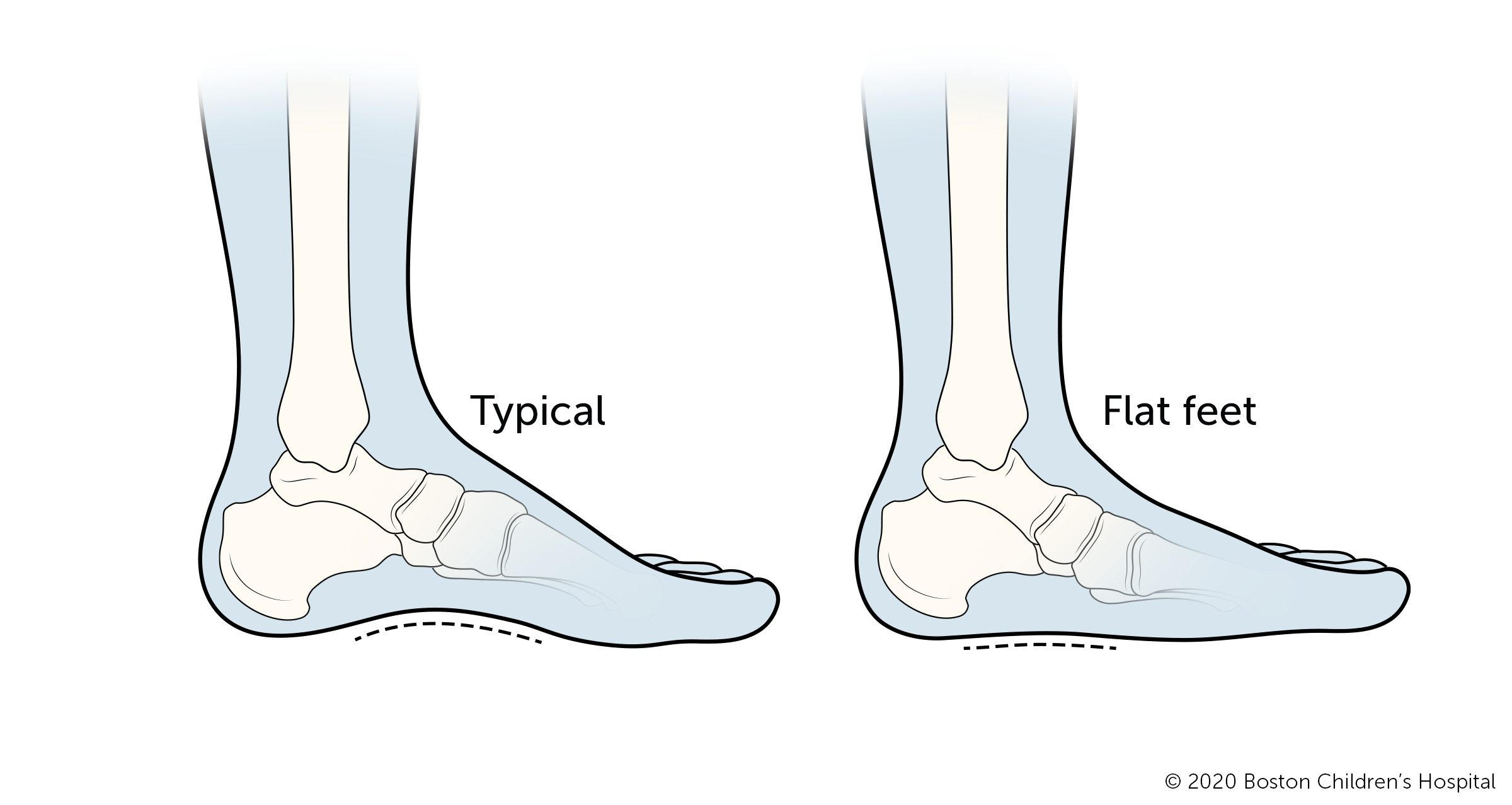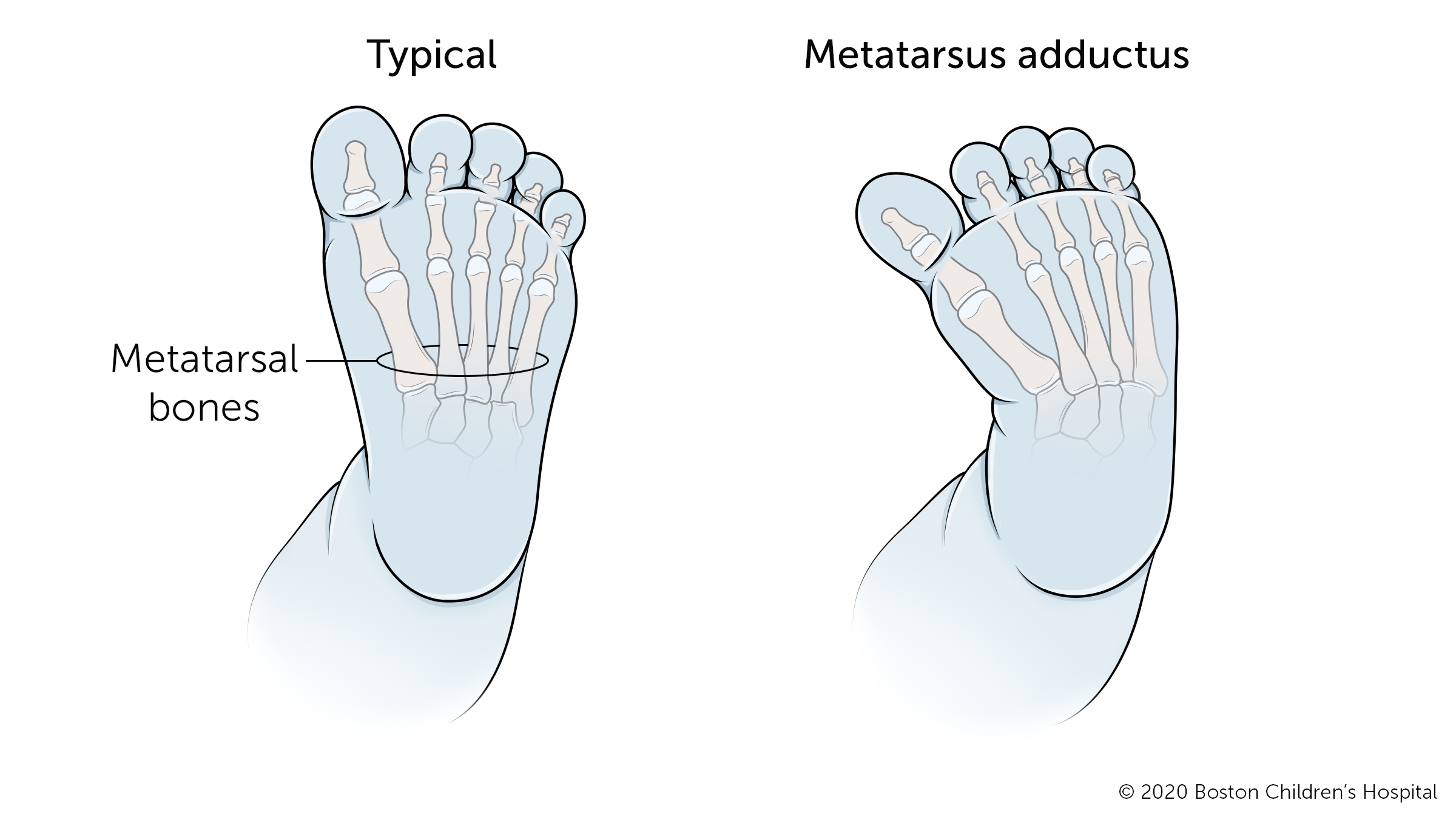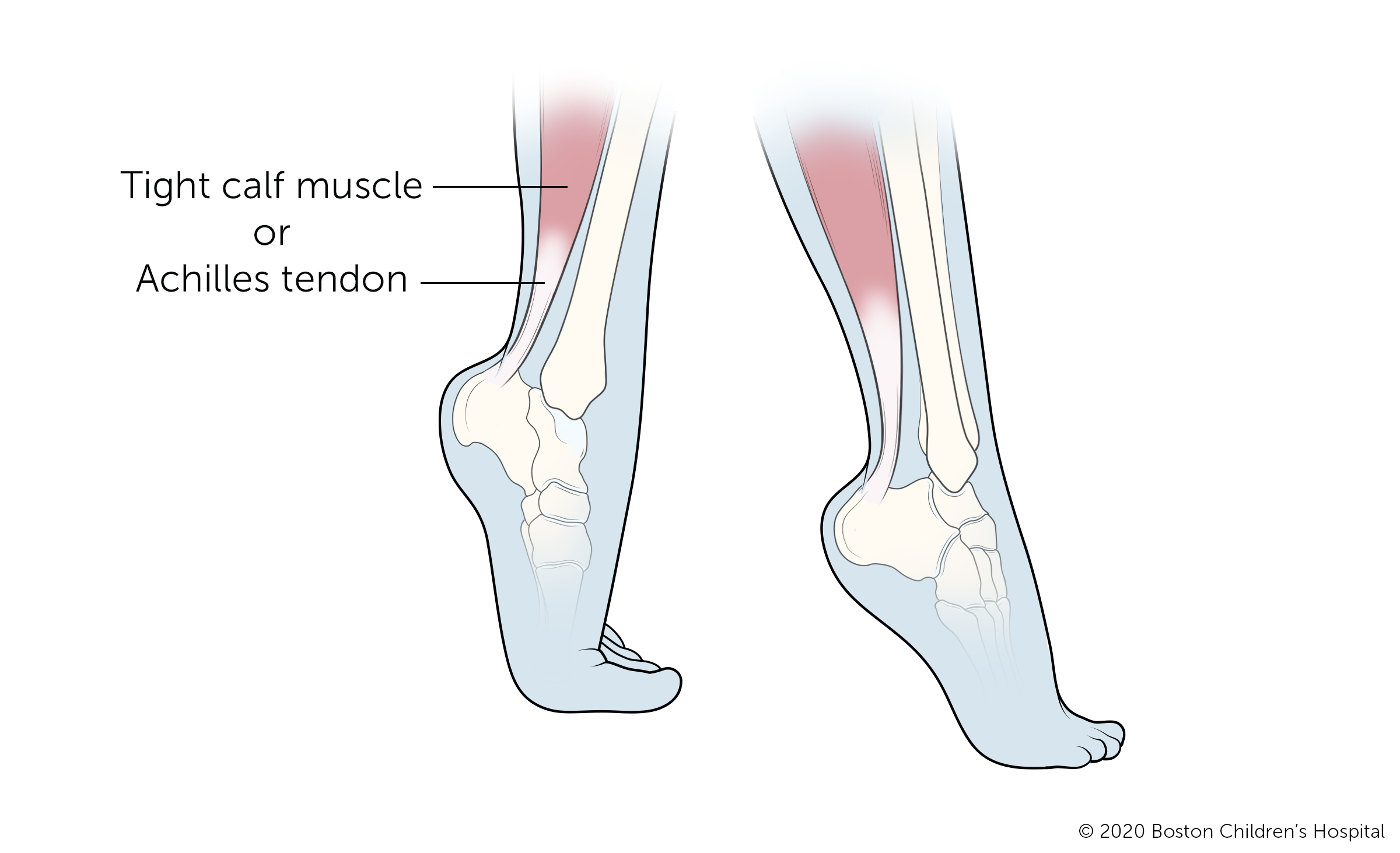What are gait abnormalities?
A gait abnormality is an unusual walking pattern. Many young children may have an abnormal gait for a period of time as they grow and learn to walk.
Many parents worry about their children’s unusual walking patterns, however, gait abnormalities are a regular part of physical development. The vast majority of kids grow out of gait abnormalities without medical treatment.
When do babies start walking?
Babies typically start walking when they are around 1 year old. From there, they spend the next several years developing balance and leg strength.
The following age ranges are considered average for developmental milestones. Some children reach these milestones earlier and some reach them later. If you are concerned about your baby’s physical development, talk with your pediatrician.
Developmental milestones
- Around 6 months, most babies can sit with support and roll over
- Around 9 months, most babies learn to crawl.
- Around 9-12 months, most babies will pull themselves up to standing by holding onto furniture. Babies at this stage can walk with support but can't yet walk on their own.
- By 11-16 months, most babies will start to walk without support.
- By 2 years, most toddlers can go up stairs one at a time and jump in place.
- By 3 years, most children can go up stairs reciprocally and stand on one foot.
- By 4 years, most children can go down stairs reciprocally and hop on one foot.
What are the most common types of pediatric gait abnormalities?
The most common types of gait abnormalities in children are intoeing and outtoeing.
- Intoeing is walking with the feet turned inward.
- Outtoeing is walking with the feet turned outward.
Intoeing and outtoeing are usually not painful.
Several common conditions can cause your child’s feet to turn inward or outward in their early years, including tibial torsion and femoral rotation (described below). Each of these conditions typically improve on their own during childhood.
What causes pediatric gait abnormalities?
Tibial torsion

Tibial torsion is the turning of a child’s lower leg (tibia) either inward (internal tibial torsion) or outward (external tibial torsion). The condition often improves without treatment, usually before a child turns 4.
Some children with tibial torsion wear a night brace between 18 to 30 months old, but this is not common. Doctors only consider surgery for tibial torsion if a child still has the condition when they are 8 to 10 years old and having significant walking problems.
Femoral version

Femoral version describes a child’s upper leg bone (femur) that twists inward or outward. Inward twisting of the femur (femoral anteversion) causes the feet to point inward. Signs of femoral anteversion usually first become noticeable when a child is between 2 to 4 years old, a time when inward rotation from the hip tends to increase. The condition usually gets better without treatment.
Outward twisting of the femur is called femoral retroversion and causes the feet to point outward. It is less common than femoral anteversion. In some cases, femoral retroversion may delay a child’s walking, however, the condition often gets better without medical intervention.
Doctors consider surgery for femoral anteversion or femoral retroversion only if a child is older than 9 and has a very severe condition that causes a lot of tripping and an unsightly gait.
Bowlegs and knock knees

Bowlegs is an outward curve of the legs at the knees. Knock knees is an inward curve of the legs at the knees. Both bowlegs and knock knees are common stages of development and usually self-correct as a child grows.
Flatfeet

Flatfeet are normal in infants and young children. Children have flat feet when the arches in their feet have not yet developed and their entire feet press against the floor. The arches develop throughout childhood until about age 10.
Metatarsus adductus

Metatarsus adductus is a common positional deformity that causes a child's feet to bend inward from the middle of the foot to the toes. In severe cases, it may resemble clubfoot. The condition improves on its own most of the time.
Babies with severe metatarsus adductus may need treatment, which usually involves special exercises, casts, or special corrective shoes. These treatments have a high rate of success in babies from 6 to 9 months old.
Limping
Sudden limping is most likely due to pain caused by a minor, easily treated injury. Splinters, blisters, or tired muscles are common culprits. Less often, limping can involve a more serious problem such as a sprain, fracture, dislocation, joint infection, or autoimmune arthritis. In rare cases, a limp may be the first sign of a tumor.
Non-painful chronic limping may be sign of developmental problem, such as a leg length discrepancy or hip dysplasia or a neuromuscular problem, such as cerebral palsy.
Toe walking

Toe walking is a common gait abnormality, particularly in young children who are just starting to walk. In most cases, this will resolve on its own over time without intervention. However, children who walk normally for a period and then later begin to walk on their toes, or children with tightness of their Achilles tendons, should be evaluated by a physician.
Many cases of persistent toe-walking run in families or are caused by tight muscles. Treatment may involve observation, physical therapy, bracing, casting, or surgery. In some cases, toe-walking may indicate a neuromuscular disorder such as cerebral palsy or it could be a sign of developmental dysplasia of the hip or leg length discrepancy.
How are gait abnormalities diagnosed?
Your child’s doctor will perform a physical exam and watch your child as they walk or run. They may look to see whether your child’s legs are shaped the same or differently. They may also ask if your child shows any signs of being in pain when they walk and whether any members of your close family have had long-term walking problems.
Other diagnostic procedures may include:
- X-ray: A diagnostic test that produces images of internal tissues, bones, and organs that can be used to look at bone structure and alignment.
- Magnetic Resonance Imaging (MRI): A diagnostic procedure that produces detailed images of soft tissues and structures within the body. This test is sometimes used to rule out any associated abnormalities of the spinal cord and nerves.
- Computerized Tomography scan (also called a CT or CAT scan): A diagnostic imaging procedure that shows detailed images of the bones and joints.
How are pediatric gait abnormalities treated?
In most cases, a child with an abnormal gait is observed over the course of several years. The doctor will monitor your child’s walking patterns to ensure their legs continue to develop and their walking patterns become more typical over time. Fortunately, most causes of gait abnormalities will resolve without any intervention as a child grows.
If a gait abnormality is caused by an injury or developmental condition, your child’s doctor will treat that condition. Treatment for gait abnormalities that do not resolve may include surgery and is something to discuss with your doctor.
How we care for gait abnormalities at Boston Children’s Hospital
The Lower Extremity Program at Boston Children's Hospital offers comprehensive assessment, diagnosis, and treatment for children of all ages with conditions affecting their lower limbs. We have extensive experience treating disorders of the feet, ankles, knees, legs, and hips. Whether the patient is an infant, child, or adolescent, our goal is to help children live full, independent lives.
Walking (Gait) Abnormalities | Programs & Services
Programs
Cardiac Neurodevelopmental Program
Program
The Cardiac Neurodevelopmental Program uses a compassionate, family centered approach to diagnose and treat neurodevelopmental disorders.
Child and Young Adult Hip Preservation Program
Program
The Child and Young Adult Hip Preservation Program serves children and young adults with common and complex hip disorders.
Learn more about Child and Young Adult Hip Preservation Program
Lower Extremity Program
Program
The Lower Extremity Program offers comprehensive diagnosis and treatment for children with lower extremity disorders.
Pediatric Rehabilitation Medicine Program
Program
Pediatric Rehabilitation Medicine Program physicians focus on optimizing day-to-day function for children. Learn more.
Departments
Sports Medicine Division
Department
The Pediatric Sports Medicine Division provides comprehensive care to athletes of all ages and abilities, from professional athletes to eager novices.
Centers
Orthopedic Center
Center
Established in 1903, we are one of the world’s most experienced pediatric orthopedic centers. Learn more.

